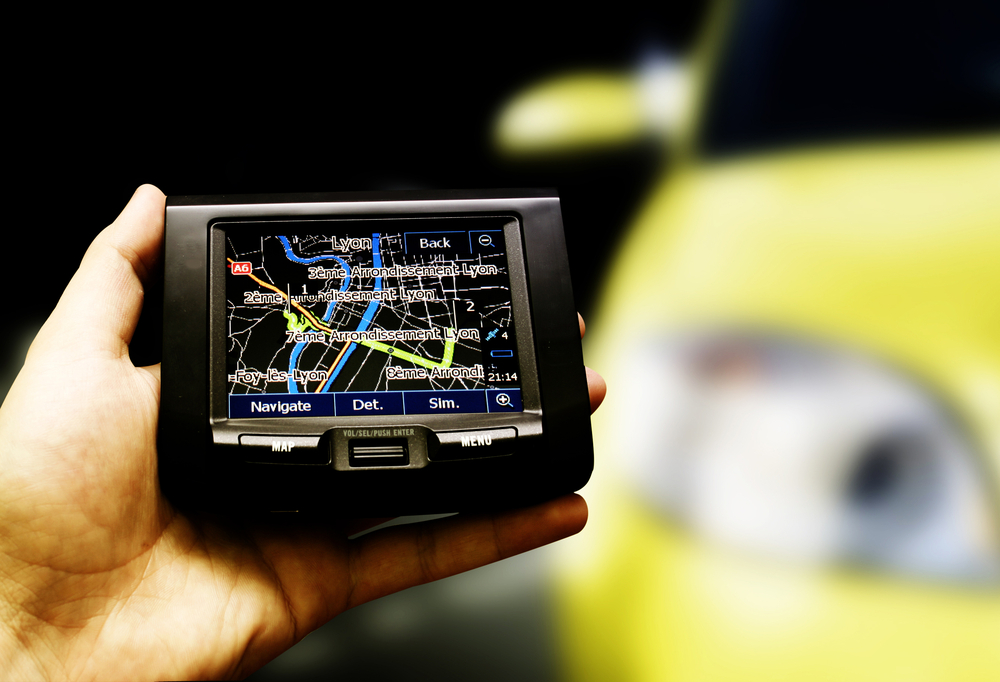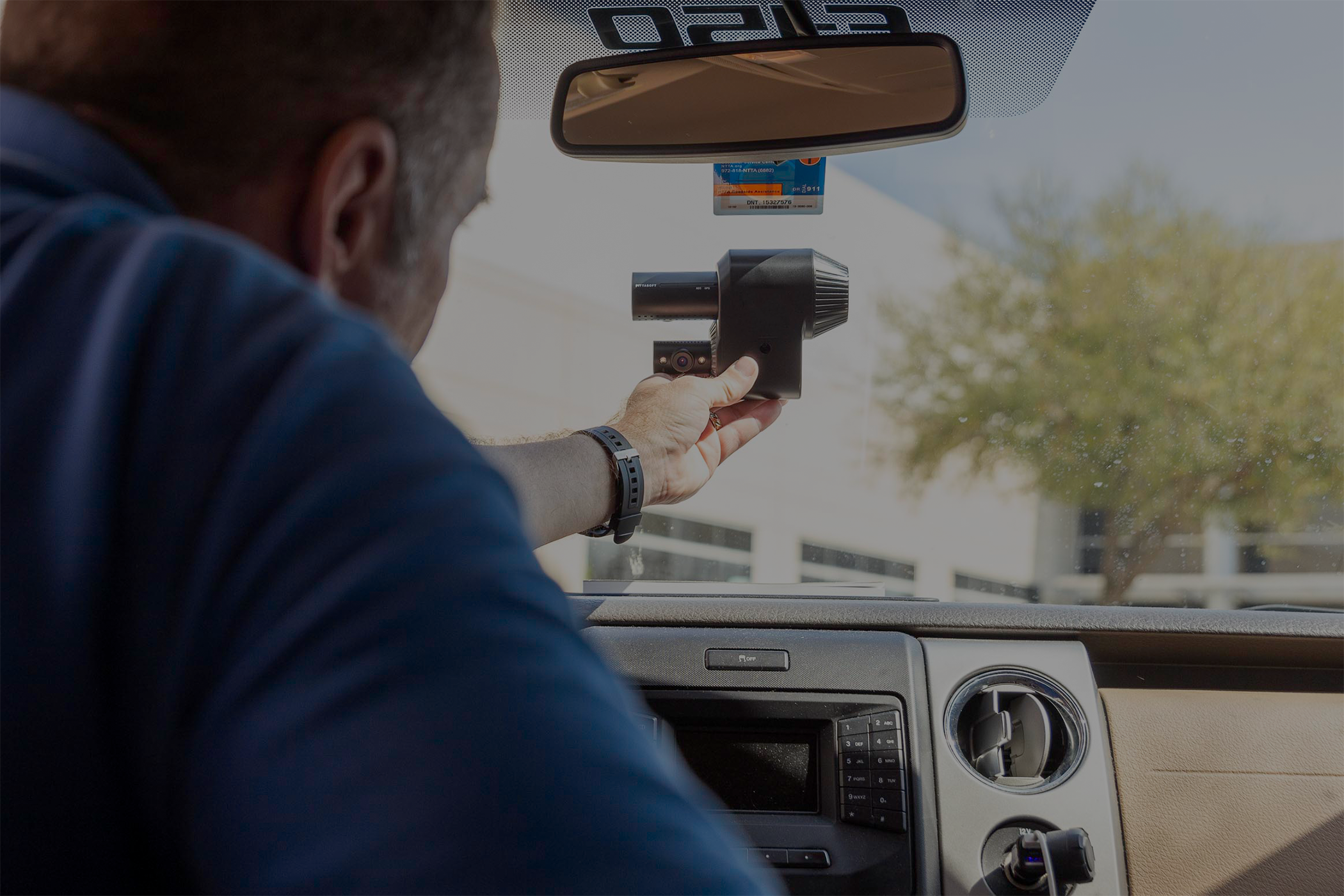Live monitoring is the real-time observation of fleet activities through technologies like fleet dash cams, essential for enhancing fleet safety and operational efficiency by providing instant insights into driver behavior and road conditions. This guide explores live monitoring with fleet dash cams, covering key concepts, benefits, and best practices. From defining terms to practical applications, live monitoring leverages real-time monitoring to create a smarter, safer fleet.
Understanding Live Monitoring in Fleet Dash Cams
Fleet dash cams with live monitoring capabilities offer real-time insights and oversight into operational activities. These dash cams serve a dual purpose: recording footage for later review and providing immediate, live monitoring functionalities.
Key features of live monitoring with fleet dash cams include:
- Real-time video streaming: Enables fleet managers to view live footage from vehicles, allowing for immediate assessment of driver behavior, road conditions, and potential incidents.
- GPS tracking and route monitoring: Provides real-time location tracking of vehicles, optimizing route planning and ensuring adherence to designated routes.
- Event-triggered alerts and notifications: Automatically notifies fleet managers of critical events such as harsh braking, sudden acceleration, or collisions, enabling swift intervention and response.
- Two-way communication between drivers and dispatch: Facilitates direct communication between drivers and dispatchers, enhancing coordination, and enabling immediate assistance or guidance.
- Cloud storage and remote access for data retrieval: Stores recorded footage and monitoring data in the cloud, allowing for secure remote access and retrieval, even from mobile devices or off-site locations.
Benefits of Live Monitoring for Your Fleet
Live monitoring empowers fleet managers with actionable insights, proactive monitoring capabilities, and streamlined communication channels, contributing to enhanced safety, efficiency, and overall fleet performance. The benefits of live monitoring with fleet dash cams are multifaceted, contributing significantly to the overall success and efficiency of fleet management operations.
Improving driver behavior and safety is a primary advantage of live monitoring. Fleet managers can track and analyze driver behavior in real-time, encouraging safe driving practices and reducing the risk of accidents and violations.
Live monitoring also enhances fleet efficiency and productivity by providing visibility into fleet operations. This visibility helps optimize routes, manage vehicle downtime, and improve fleet productivity.
In terms of response times to incidents and emergencies, live monitoring enables instant alerts and notifications. This capability allows for swift responses to incidents such as accidents or breakdowns, minimizing downtime and potential disruptions to operations.
Live monitoring plays an important role in lowering insurance costs and mitigating risks. Accurate data from live monitoring can demonstrate proactive risk management, leading to reduced insurance premiums and mitigated financial risks.
Live monitoring provides accurate data for performance analysis and decision-making. It generates real-time data on vehicle performance, driver behavior, and operational metrics, empowering fleet managers with actionable insights for informed decision-making and continuous improvement strategies.
Choosing the Right Live Monitoring Solution
Choosing the right live monitoring solution requires a systematic approach to ensure alignment with the fleet’s unique requirements and operational goals. Begin by assessing the fleet size, specific needs, and requirements. Consider factors such as the number of vehicles, types of routes, and desired monitoring capabilities. Evaluate different live monitoring dash cam systems available in the market. Compare features, functionalities, and technological advancements to find a solution that best meets your fleet’s needs. Check for compatibility with existing fleet management software and hardware. Seamless integration with your current systems ensures a smooth transition and maximizes the benefits of live monitoring. Consider scalability, flexibility, and ease of integration when selecting a live monitoring solution. Choose a system that can grow with your fleet, adapt to changing needs, and integrate with future technologies seamlessly. Analyze cost considerations and conduct a return on investment (ROI) analysis. Factor in upfront costs, ongoing maintenance expenses, and potential savings or benefits derived from improved safety, efficiency, and operational insights. A thorough ROI analysis helps in making an informed decision that aligns with your budget and long-term objectives.
Implementing Live Monitoring in Fleet Management
Implementing Live Monitoring in Fleet Management involves a strategic approach to ensure successful integration and optimal utilization of live monitoring dash cams. Begin by planning the installation and setup process for live monitoring dash cams. Consider factors such as camera placement, wiring, and connectivity to ensure comprehensive coverage and reliable data transmission. Develop training programs for drivers and fleet managers on using live monitoring features effectively. Provide hands-on training sessions, instructional materials, and continuous support to ensure proper utilization and maximum benefit from the technology. Create and implement policies and protocols for data handling and privacy. Define who has access to monitoring data, how it’s stored and secured, and guidelines for data usage to maintain confidentiality and compliance with regulatory requirements. Establish real-time monitoring routines and response protocols. Define roles and responsibilities for monitoring activities, set up automated alerts and notifications for critical events, and develop standardized procedures for responding to incidents or emergencies identified through live monitoring.
By following these steps and integrating live monitoring into your fleet management practices thoughtfully, you can enhance safety, efficiency, and decision-making capabilities while ensuring data security and regulatory compliance.

Best Practices for Effective Live Monitoring for Fleets
Implementing effective live monitoring practices is key to maximizing the benefits of fleet dash cams and real-time monitoring capabilities. Start by conducting regular monitoring and analysis of live data streams. Stay vigilant in observing driver behavior, vehicle performance, and road conditions to identify potential issues or areas for improvement promptly.
Utilize analytics and reporting tools to gain actionable insights from live monitoring data. Leverage data visualization techniques and performance metrics to make informed decisions, optimize operations, and track progress towards goals.
Implement proactive measures based on real-time alerts and notifications. Set up automated alerts for critical events such as harsh driving behavior or vehicle maintenance issues, and take proactive steps to address these issues promptly.
Maintain continuous training programs and feedback loops for drivers and fleet managers. Provide ongoing training on using live monitoring features effectively, review performance metrics regularly, and solicit feedback to identify areas for improvement and implement corrective measures. By following these best practices, you can harness the full potential of live monitoring in fleet management, enhancing safety, efficiency, and overall performance.
Common Challenges with Live Monitoring and Suggested Solutions
Addressing Challenges and implementing solutions is key to the successful integration and utilization of live monitoring systems in fleet management. Address privacy concerns and ensure legal compliance by implementing strict data handling policies, obtaining necessary permissions for data collection, and regularly updating privacy protocols based on regulatory requirements. Ensure data security and encryption for live monitoring systems by utilizing robust cybersecurity measures, encryption protocols, and secure data storage solutions to protect sensitive information from unauthorized access or breaches. Deal with false alerts and system reliability issues by refining alert thresholds, implementing advanced algorithms for event detection, and conducting regular system maintenance and updates to improve accuracy and reliability. Overcome resistance or skepticism from drivers or stakeholders through comprehensive training programs, clear communication of benefits, and involving stakeholders in the decision-making process to address concerns and gain buy-in for live monitoring initiatives.
By proactively addressing these challenges and implementing effective solutions, fleet managers can successfully leverage live monitoring systems to enhance safety, efficiency, and overall fleet management effectiveness.
Embracing Live Monitoring in Fleet Operations
Live monitoring offers real-time insights, proactive oversight, and enhanced safety measures, making it an indispensable tool in modern fleet management. Fleet managers are encouraged to embrace live monitoring to improve safety, increase operational efficiency, and optimize fleet performance. By leveraging live monitoring technologies, fleet managers can identify and address potential risks, improve driver behavior, and make data-driven decisions that positively impact the bottom line.
For readers looking to implement live monitoring in their fleets, Gentrifi stands ready to provide expert guidance and support. Contact us today to explore how live monitoring solutions can transform your fleet management practices and elevate your business to new heights of success.







